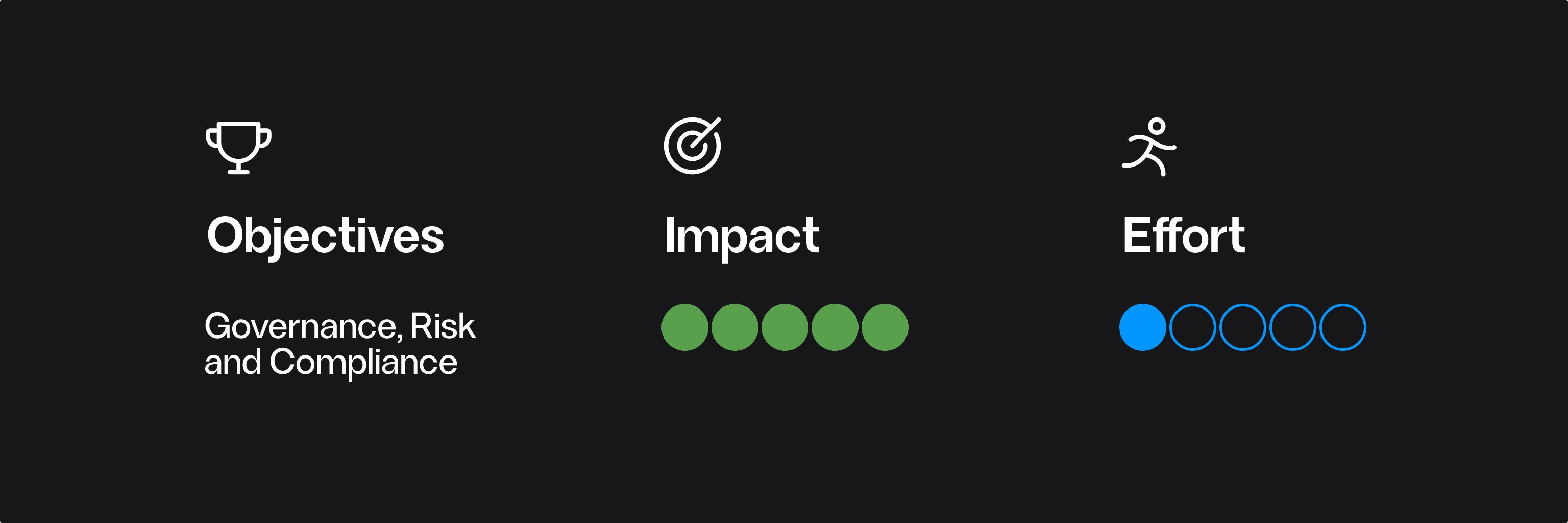Engineering
Best Practice: Hold regular sprints, sprint reviews, and retrospectives
Sep 12, 2024
In high-performing Agile teams, regular sprints, sprint reviews, and retrospectives are fundamental to fostering continuous delivery and improvement. These ceremonies extend beyond mere routines; they are strategic tools that help teams stay aligned, maintain focus, and cultivate an environment of ongoing growth and adaptation. When executed effectively, they create a structured rhythm that supports both immediate wins and sustained success.
Why Regular Sprints, Reviews, and Retrospectives Matter
At the core of Agile lies the ability to iterate rapidly, gather feedback, and enhance both product and process. Regular sprints, coupled with their reviews and retrospectives, establish a consistent environment that allows for these critical activities to occur efficiently.
- Focused work in short cycles: Sprints create a defined time frame (typically 1-2 weeks) for teams to concentrate on specific deliverables. This structure minimises scope creep and clarifies priorities, driving progress toward tangible goals.
- Real-time feedback: Sprint reviews offer teams a platform to gather essential feedback from stakeholders and users. Regularly showcasing progress ensures alignment with expectations and facilitates timely adjustments.
- Learning from the process: Retrospectives provide an opportunity for teams to reflect on their collaborative practices. This emphasis on process improvement is crucial for transforming teams from merely functional to truly exceptional.
Sprints: Creating a Rhythm of Focused Progress
Sprints are instrumental in breaking down large, complex goals into manageable tasks. A successful sprint emphasises not only completion but also prioritisation, ensuring that the team is focused on delivering the right work.
- Maintain a consistent cadence: Consistency is vital for successful sprints. A common choice is a 2-week sprint, striking a balance between meaningful progress and the ability to adapt to changing priorities. Whatever duration you choose, adherence to this schedule fosters a predictable rhythm that enhances planning accuracy.
- Clear, defined goals: At the beginning of each sprint, the team must have a clear understanding of success. This clarity extends beyond mere task lists; it encompasses an understanding of how each task contributes to the larger vision.
Sprint Reviews: Engaging Stakeholders
The sprint review is a crucial opportunity for teams to demonstrate their achievements and validate alignment with business objectives and user needs. This gathering is not only for internal team members; it is also a platform for stakeholder engagement and feedback.
How to Run Effective Sprint Reviews:
- Involve key stakeholders: Engage stakeholders—product owners, business leaders, and even customers—during sprint reviews. Their insights are invaluable for ensuring that the team is building the right features and making informed decisions.
- Demonstrate working software: Focus on showcasing completed work rather than just progress. This approach enables stakeholders to assess the functionality and usability of the product, ensuring that it meets their expectations.
- Encourage dialogue: Foster an atmosphere of conversation during sprint reviews. Encourage stakeholders to ask questions, express concerns, and offer suggestions. This collaborative exchange can surface valuable insights and drive alignment.
Retrospectives: Fuelling Continuous Improvement
While the sprint review emphasises the what—the deliverables—the retrospective is centred on the how. It serves as a platform for the team to reflect on their collaborative processes and identify opportunities for enhancement. Conducted regularly, retrospectives can elevate a capable team into a high-performing one.
How to Run Effective Retrospectives:
- Foster an open and safe environment: Create a space where team members feel comfortable sharing their thoughts. Emphasise a blame-free atmosphere that focuses on solutions and promotes constructive feedback.
- Focus on actionable takeaways: Retrospectives should yield specific, measurable actions for the upcoming sprint. Ensure that these action items are agreed upon collectively by the team.
- Celebrate the wins: Acknowledge successes as well as challenges. Recognising achievements boosts morale and reinforces positive behaviours.
Best Practice: Stick to a Consistent Sprint Cadence
Consistency is key to maximising the value of sprints, reviews, and retrospectives. Without regularity, these ceremonies can lose their effectiveness.
- Two-week sprints: A standard 2-week sprint cadence generally offers the best balance of flexibility and productivity. It allows for swift iterations while facilitating significant progress.
- Stakeholder engagement: Regularly involve key stakeholders in sprint reviews to enable timely feedback and course corrections as necessary.
- Iterate on your process: Just as you iterate on your product, continuously refine your processes. Use retrospectives to improve the conduct of sprints, reviews, and retrospectives. Be open to adjusting formats and structures based on what benefits your team most.
The Long-Term Benefits of Regular Ceremonies
Teams that consistently hold sprints, sprint reviews, and retrospectives become more adaptable, aligned, and ultimately successful. Over time, these practices strengthen communication, enhance problem-solving skills, and sharpen the focus on delivering value.
- Greater efficiency: Operating within short, focused cycles enables teams to identify and eliminate bottlenecks, accelerating delivery.
- Higher quality: Regular feedback from stakeholders ensures that teams are developing the right features and continuously refining their product.
- Stronger team cohesion: Retrospectives foster reflection on teamwork, building trust and collaboration.
Conclusion
Regular sprints, sprint reviews, and retrospectives transcend Agile rituals; they are best practices that drive continuous improvement, alignment, and adaptability. By committing to a consistent sprint cadence, engaging stakeholders in reviews, and leveraging retrospectives to refine processes, teams can achieve superior results with greater efficiency.
Ultimately, view these ceremonies not as rigid structures but as dynamic tools that evolve with your team. Over time, you will find that regular sprints, reviews, and retrospectives lay the groundwork for a high-performing engineering team, equipped to tackle challenges and deliver real value.








